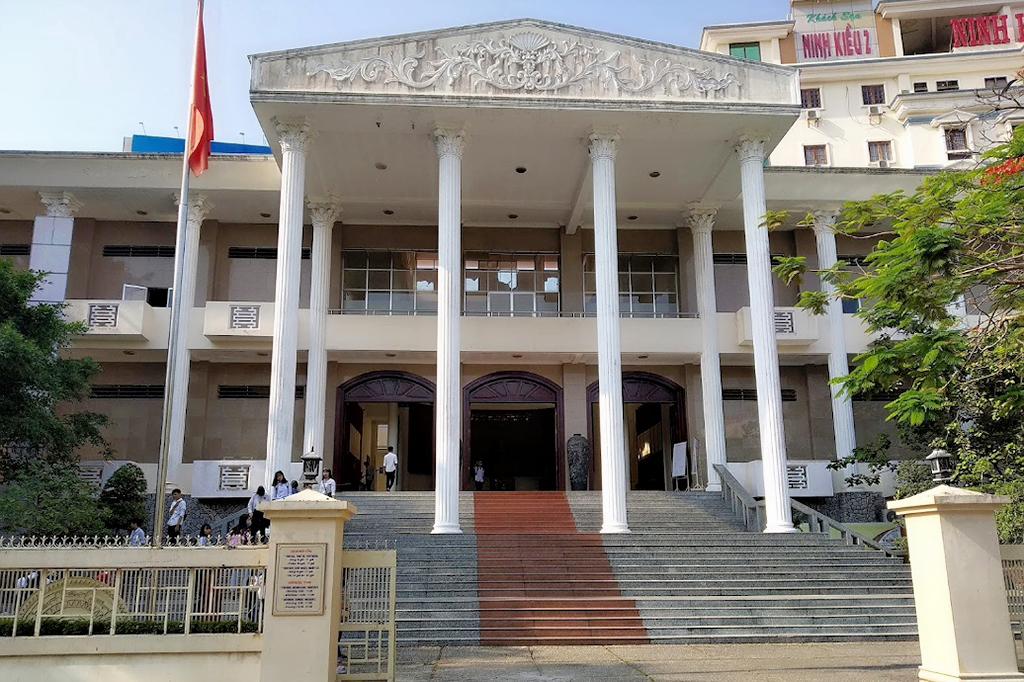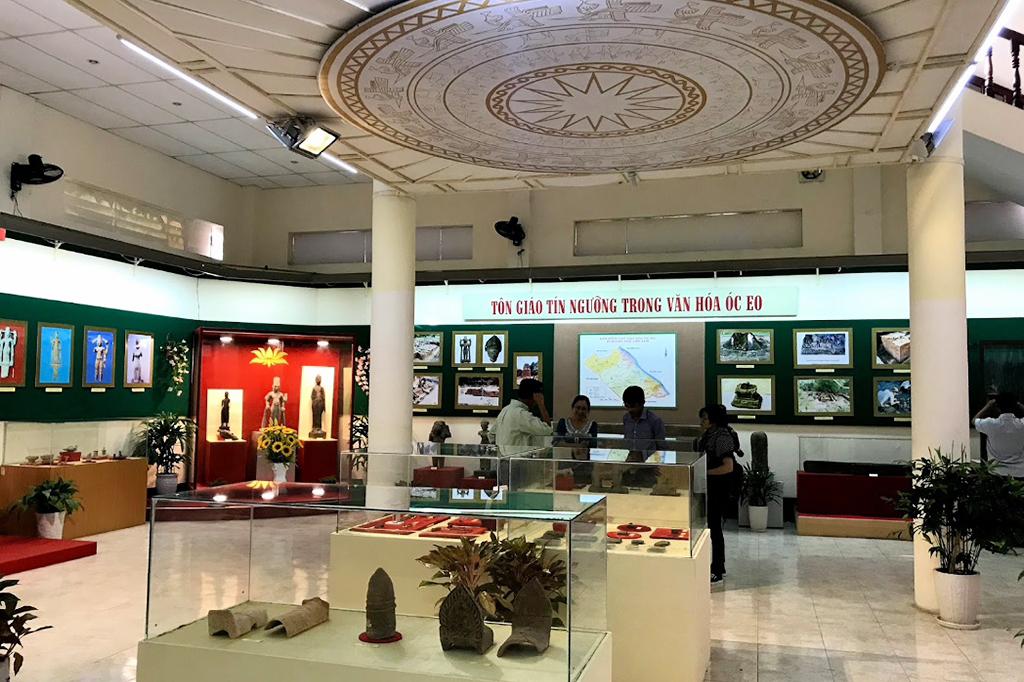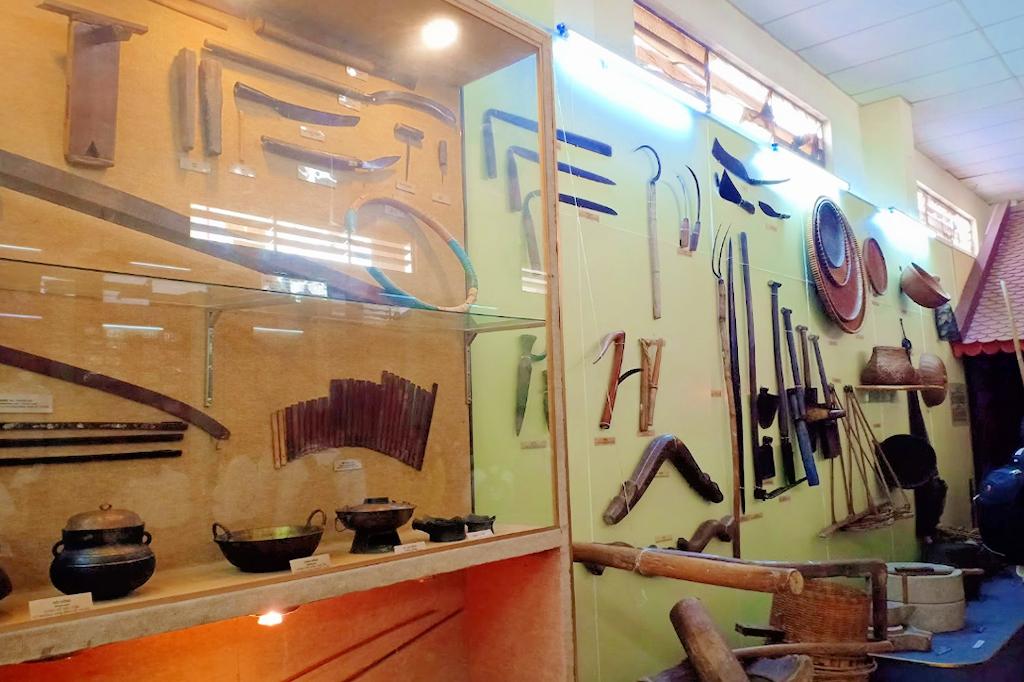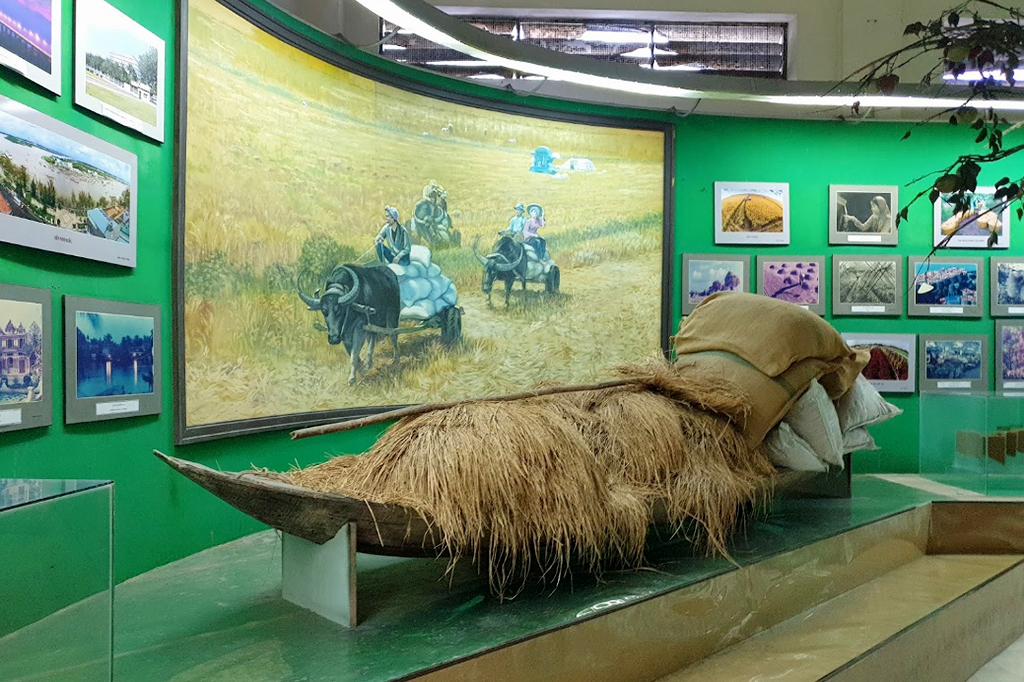Can Tho Museum invites visitors to explore the rich history, diverse culture, and unique traditions of the Mekong Delta, making it a must-visit destination for travelers.
Hey there, fellow wanderer! If you’re plotting your next adventure in Vietnam’s lush Mekong Delta, I’ve got a spot that’s equal parts history lesson and cultural hug: the Can Tho Museum. Tucked away in the heart of Can Tho city, this gem isn’t just a dusty old building; it’s a vibrant portal to the stories of the people who’ve shaped this watery wonderland. This guide covers everything needed for a great visit: where to find it, what to see, and tips to make the most of the experience. Expect a vibrant mix of beauty, history, and local charm that will enrich any adventure.
1. Introduction to Can Tho Museum
Can Tho Museum opened in 1976 to preserve the Mekong Delta’s rich heritage. In 1998, it got a major upgrade, reopening in 2000 as the region’s largest museum. Spanning 3,000 square meters, it celebrates the people who shaped Can Tho: the Kinh (Vietnamese), Hoa (Chinese-Vietnamese), and Khmer communities. Long ago, Khmer settlers laid roots here, followed by Ming Dynasty refugees who helped turn Can Tho into the “Western Capital.” Exhibits also highlight the Delta’s role in resistance wars and its growth into a rice-producing powerhouse.

Can Tho Museum displays artifacts highlighting the land and people of Can Tho through different historical periods
For visitors, this history adds depth to a Delta trip. It shows how floods, festivals, and hard work created the lively region seen today. Coming from Ho Chi Minh City? It’s a 3-4 hour bus ride, and the museum is a great first stop before exploring floating markets or orchards.
2. Getting to Can Tho Museum
Finding Can Tho Museum is easy. It’s located at No. 1 Hoa Binh Avenue, Tan An ward, Ninh Kieu District, right in Can Tho’s city center. Staying near the Hau River? It’s likely a short walk away. From Can Tho International Airport, a taxi ride takes about 20 minutes and costs around $10. From the main bus station, it’s a quick 10-15 minute ride. Renting a scooter? Parking is free, and navigation apps make it simple to find.
The building stands out with its modern yet traditional design and open, airy spaces. It’s wheelchair-accessible with ramps and elevators, welcoming all visitors. Morning visits are best to avoid the tropical heat and enjoy a quieter experience.
3. What’s Inside: Top Exhibits to Explore
Can Tho Museum houses over 5,000 artifacts across two floors, with clear English labels for easy understanding. The exhibits focus on the Delta’s nature, culture, and history, offering something for everyone. Here are the highlights that make this place special.
The Oc Eo Culture Exhibit dives into an ancient Mekong civilization from the 1st to 7th centuries. Expect to see pottery, jewelry, and tools that reveal trade links with India and China. Photos and models bring this lost port city to life, connecting to the Delta’s waterways today.

Oc Eo cultural exhibition space (Source: Collected)
The Ethnic Groups and Daily Life Section celebrates the Kinh, Hoa, and Khmer communities. Life-size displays show rice farming, silk weaving, and Tet celebrations. A replica of the Binh Thuy communal house, with its intricate carvings, feels like stepping into a village. Ancient coins, farming tools, and even amber with trapped insects add a touch of wonder.

The Resistance Wars Gallery tells a powerful story of Can Tho’s fight against French and American forces. Photos, uniforms, and weapons share tales of guerrilla battles in the mangroves. A recreated prison cell from Can Tho Prison adds a sobering note, while stories of post-war growth inspire hope.
Nature fans will love the Geography and Flora/Fauna Area. Maps showcase the Delta’s flood-prone landscapes, and displays feature native fish, rice varieties, and plants. It’s a reminder of why the Mekong’s biodiversity is globally treasured.

First floor exhibition area (Source: Collected)
Temporary exhibits keep things fresh, like pottery collections or tributes to Ho Chi Minh City. Plan for 1-2 hours to explore everything at a relaxed pace.
4. Ticket Prices and Opening Hours of Can Tho Museum
Admission Fee: Free of charge.
Can Tho Museum is open every day of the week with the following schedule:
- Tuesday, Wednesday, Thursday: Morning: 8:00 – 11:00; Afternoon: 14:00 – 17:00
- Saturday, Sunday, and Public Holidays: Morning: 8:00 – 11:00; Evening: 18:30 – 21:00
5. Practical Tips for Visiting
Mornings are ideal for cooler weather (around 28°C) and fewer crowds. The dry season (December-April) is perfect for combining with outdoor activities, while rainy season afternoons (May-November) can get wet.
The museum is accessible with ramps and restrooms. Families will find interactive displays that keep kids engaged. Wear comfortable shoes for the polished floors, and bring water to stay hydrated in the humidity.
In addition to enjoying your visit, guests should also pay attention to the following notes when touring the Can Tho Museum:
- Absolutely do not touch the displayed artifacts throughout your visit to Can Tho Museum to prevent damage or breakage to the valuable exhibits.
- Consider touring with a professional guide if you wish to gain a deeper understanding of the artifacts, paintings, and history on display.
- Do not bring food, drinks, or flammable materials into the museum. Additionally, please refrain from running, joking, or shouting loudly during your visit.
6. Fitting Can Tho Museum into a Delta Trip
Can Tho Museum pairs perfectly with other Delta adventures. Start the day with a sunrise boat ride to Cai Rang Floating Market, where vendors sell everything from mangoes to noodle soup. After the museum, visit Ong Pagoda for a peaceful moment or Binh Thuy Ancient House for colonial charm. Both are nearby.
Food lovers can grab hu tieu (noodle soup) or banh mi at Ninh Kieu’s street stalls for under $2. For a special evening, book a sunset cruise on the Hau River to see Can Tho’s twinkling lights. Staying longer? Spend 2-3 nights in Can Tho to cycle through orchards or join a homestay for hands-on activities like making rice paper.

Can Tho Museum pairs perfectly with other Delta adventures (Source: Collected)
Can Tho Museum is the heartbeat of the Mekong Delta. It weaves together stories of nature, culture, and resilience, making every visitor’s trip richer. Walk away with a deeper love for this river-laced land and stories to share. Happy travels!
Contact Lux Travel DMC to let our expert team craft bespoke journeys tailored to your desires. Immerse yourself in the local nature and culture of every destination, ensuring your trip is both luxurious and sustainable.
